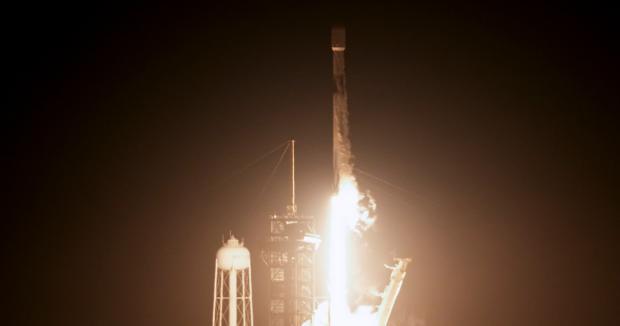
Breaking News
 They've Been Feeding You Poison (And Calling It Food)
They've Been Feeding You Poison (And Calling It Food)
 Tattoo ink may cause prolonged changes to the immune system
Tattoo ink may cause prolonged changes to the immune system
 Travel gadget promises to dry and iron your clothes – totally hands-free
Travel gadget promises to dry and iron your clothes – totally hands-free
 Duckweed: A sustainable, protein-packed food source smeared by Big Ag
Duckweed: A sustainable, protein-packed food source smeared by Big Ag
Top Tech News
 Perfect Aircrete, Kitchen Ingredients.
Perfect Aircrete, Kitchen Ingredients.
 Futuristic pixel-raising display lets you feel what's onscreen
Futuristic pixel-raising display lets you feel what's onscreen
 Cutting-Edge Facility Generates Pure Water and Hydrogen Fuel from Seawater for Mere Pennies
Cutting-Edge Facility Generates Pure Water and Hydrogen Fuel from Seawater for Mere Pennies
 This tiny dev board is packed with features for ambitious makers
This tiny dev board is packed with features for ambitious makers
 Scientists Discover Gel to Regrow Tooth Enamel
Scientists Discover Gel to Regrow Tooth Enamel
 Vitamin C and Dandelion Root Killing Cancer Cells -- as Former CDC Director Calls for COVID-19...
Vitamin C and Dandelion Root Killing Cancer Cells -- as Former CDC Director Calls for COVID-19...
 Galactic Brain: US firm plans space-based data centers, power grid to challenge China
Galactic Brain: US firm plans space-based data centers, power grid to challenge China
 A microbial cleanup for glyphosate just earned a patent. Here's why that matters
A microbial cleanup for glyphosate just earned a patent. Here's why that matters
 Japan Breaks Internet Speed Record with 5 Million Times Faster Data Transfer
Japan Breaks Internet Speed Record with 5 Million Times Faster Data Transfer
US makes second attempt at commercial Moon landing

Today's night launch took place during an instantaneous launch window after a 24-hour delay due to unusually high temperature in the methane fuel for the booster. When the countdown reached zero, the Intuitive Machines IM-1 mission carrying the Nova-C class Odysseus lifted off from the pad without incident. According to SpaceX, this was the 18th flight of the Falcon 9 1st stage booster.
At the one-minute 12-second mark, the rocket passed through Max Q, which is the point where the craft is under peak mechanical stress. Main engine cutoff came at two minutes 14 seconds, with the second stage separating three seconds later, followed by the second stage engine ignition 12 seconds after that. Meanwhile, the first stage began its maneuvers to take it back to the Kennedy Space Center for a powered landing.
When the fairing was jettisoned, a spring ejected the lander, which is now in an elliptical orbit around the Earth, and after commissioning of the spacecraft the methane/oxygen main engine will fire to send Odysseus into a translunar orbit. After arrival in lunar orbit, the lander is scheduled to touch down on the Moon on February 22 at Malapert A crater near the lunar south pole.
As part of NASA's Commercial Lunar Payload Services (CLPS), Odysseus is carrying out a number of the space agency's experiments, including a laser reflector array, a Doppler lidar for precise navigation, and a CubeSat that will be deployed before landing to act as a radio beacon. In addition, there are four commercial payloads.
According to Intuitive Machines, Odysseus is about the size of a Tardis, if you happen to have one handy for comparison. If you don't, it's about four meters (13 ft) tall and weighs about 1,908 kg (4,206 lb). It's solar powered, generating about 200 W, and is expected to operate on the lunar surface for one lunar day before the freezing dark of the lunar night renders it inoperative.

 Advanced Propulsion Resources Part 1 of 2
Advanced Propulsion Resources Part 1 of 2

